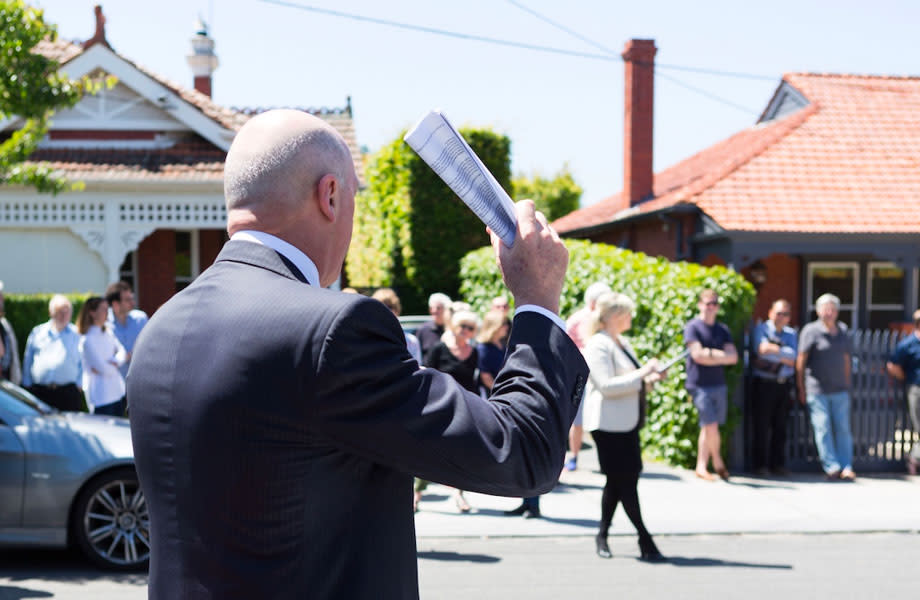Resources
Newsletter
Stay up to date and with the latest news, projects, deals and features.
Subscribe
New home lending tanked again in December, Australian Bureau of Statistics data showed, marking the 11th straight month of declines.
December’s seasonally adjusted figures showed a 4.3 per cent fall in new lending for housing, excluding refinancing.
Figures for the ACT show that it had the highest decline at 13.8 per cent.
The consensus estimate was a 3 per cent fall and November’s figures were also revised to show a 4.2 per cent decrease not the previous 3.7 per cent dip.
New loan commitments for personal fixed-term loans fell 2.8 per cent.
Business construction fell 0.6 per cent in trend terms but rose 99.4 per cent.
Owner-occupier housing lending fell by 4.2 per cent to almost 30 per cent lower than what it was in December 2021.
Investor housing lending also fell by 4.4 per cent over the month but by 28.3 per cent over the year.
New investor loan commitments have fallen by nearly 28 per cent since December 2021.
Property investment group Propel’s managing director, Michael Pell, said interest rates were an obvious reason for the decline.
“The volume of new investors has fallen off a cliff because of the rising interest rate environment preventing many from accessing finance at a time when our rental markets are critically undersupplied,” Pell said.
The data also showed that more than $19 billion in home loans were refinanced to a new lender in December 2922, an increase of 18 per cent from December 2021.
Canstar Group executive Steve Mickenberger said the main factor was high interest rates.
“Interest rate increases are doing exactly what they are meant to be doing in the housing market,” Mickenberger said.
“Demand for new lending is drying up and house prices are falling.”
ABS head of finance and wealth Sean Crick agreed.
“Recent months saw record high refinancing activity for both owner-occupiers and investors,” Crick said.
“Borrowers continued to switch lenders for lower interest rates as the RBA’s cash rate target rose.”
Mickenberger said refinancing rates could increase in the future.
“Borrowers who did fix two years ago at super low rates are starting to be faced with a moment of truth as fixed rates expire,” Mickenberger said.
“Their repayments are set to almost double in one hit,”
“We can expect a refinance boom as this plays out over the next two years.”

First home buyer lending has also recorded a decline for the fourth consecutive month with figures falling by 4.6 per cent in December to $3.66 billion.
It is the lowest it has been since May 2020.
The number of first home buyers was also down by 4.2 per cent with just 7646 buyers recorded.
HIA’s chief economist, Tim Reardon, said the Reserve Bank of Australia should pause the raising of interest rates.
“It is concerning that this downturn to date doesn’t reflect the full impact of the RBA’s rate hiking cycle of 2022,” Reardon said.
“There are significant lags between a change in the cash rate and its impact on the economy.
“The economy needs time to digest the full impact of interest rate hikes before the RBA considers further action.
“Industry needs stability, and the RBA won’t achieve this by sending the housing sector through boom-and-bust cycles.”